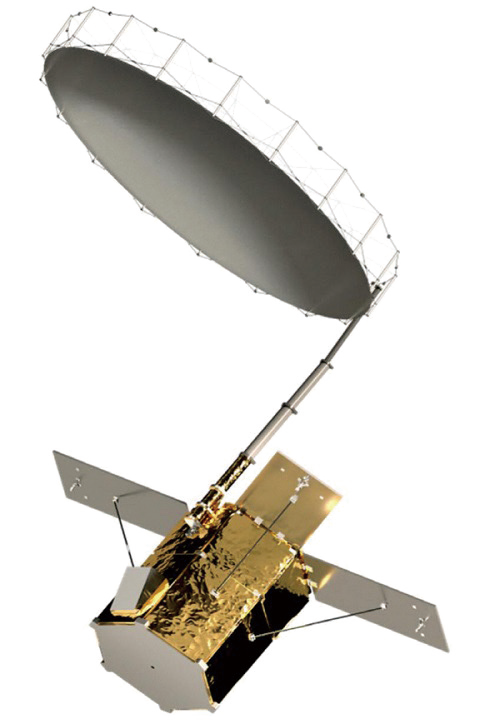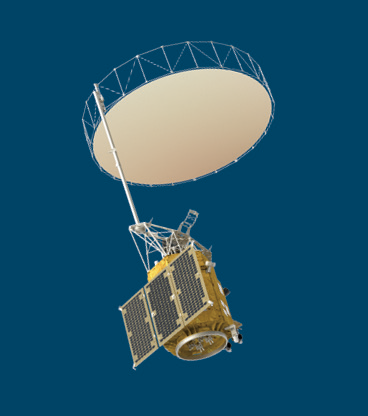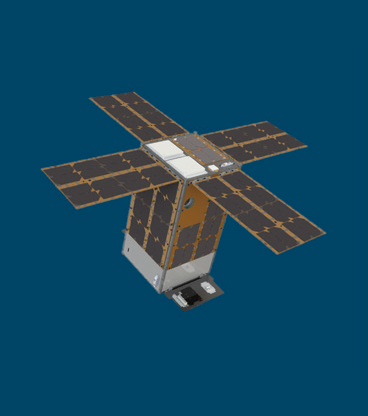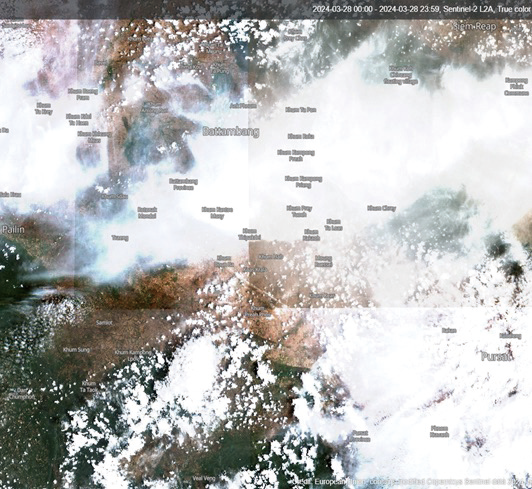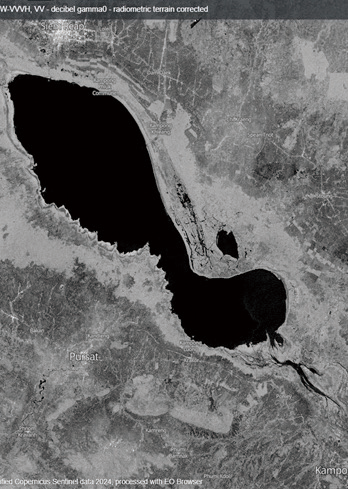The world is getting increasingly plagued by climate whiplash, or abrupt shifts between drought and flood. A case in point is the massive forest fire that occurred in LA, US in January 2024. The fire spread quickly, fueled by dry weather and trees and plants that had grown rapidly on increased rainfalls during winter. Climate whiplash is becoming more frequent and severe as global warming continues to accelerate. Rising temperatures lead to greater evaporation, which in turn creates a vicious cycle of intensifying flood and drought. Dry weather causes water to evaporate more quickly, so the surface of Earth gets dry and heavy rainfalls occur in the wet season.
Amid the accelerating global warming, water disasters are becoming more frequent and increasingly intense across the globe. In order to monitor and respond to extreme weather transitions, the Korean government has embarked on developing a satellite dedicated to water resources management and creating a ground operation system for water disaster monitoring based on weather data collected by the satellite.
NASA is operating weather-monitoring satellites, but there is no satellite developed exclusively for water resources management. Korea has purchased data collected by satellites operated by Finland and other countries or used public satellite data that is disclosed for free. However, the resolution of satellite images and observation cycle vary by satellite; thus limiting the accuracy of data analysis.
Domestic satellites generate images using mainly visible rays, making it difficult to obtain data in bad weather or at night. There is also a limit as to what can be done for precise monitoring of tributaries and real-time monitoring of fast-changing weather events. For this reason, the government launched the development of the world’s first satellite for water resources management in October 2022.
